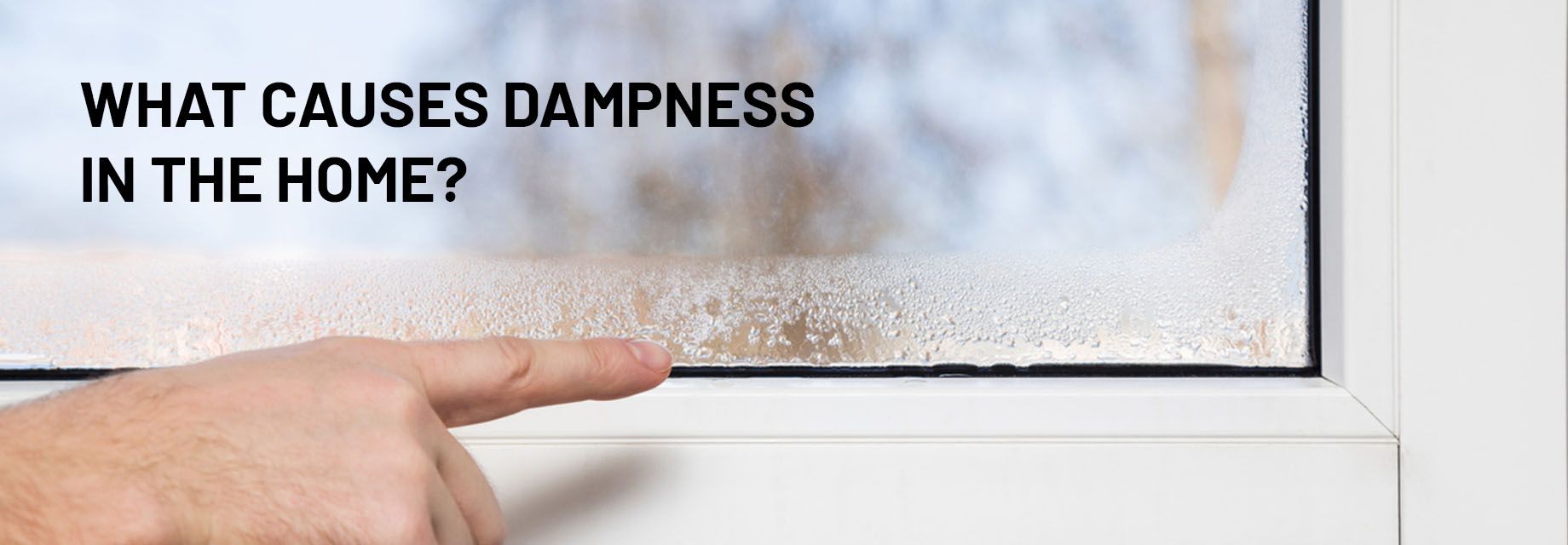
What causes dampness in the home and what can you do about it?
Is your home always damp or wet in the mornings? You’re not alone, in fact, many older New Zealand homes suffer from this exact issue. Homes that were built 20-30 years ago didn’t have the same insulation standards that exist in today’s building code. Additionally, homes weren’t required to be properly ventilated and the construction approach meant that gaps could show up in the structure of the building which allowed airflow in and out of the house. All this adds up to a cold and damp house which is hard to heat in the winter and challenging to cool in the summer.
What causes dampness and condensation?
If your house is always damp, the issue is to do with the amount of moisture in the air. Dampness is caused by condensation and moisture in your home. This is most noticeable in winter. When the temperature starts to plumate, condensation rises. You’ll know you’ve got an issue when you start noticing moisture on the windows and mould growing in parts of your home. You may also start to notice decayed flooring and paint starting to peel off the walls.
It can be a big problem that leaves furniture and clothes damaged and can also lead to health issues like asthma and other respiratory ailments. Running a dehumidifier may help reduce moisture levels but it is only a temporary solution. Addressing the root of the issue by properly insulating and ventilating your home is the best way to ensure that you have a healthy home for yourself and your family.
What can I do about dampness in the home?
There are a few things that you should start to address in your home. If you are renting, these are issues you should raise with your landlord as soon as possible.
Install an extractor fan in the kitchen
Cooking creates a lot of steam and if your house isn’t properly ventilated all this excess moisture gets trapped in the home. Adding or improving your ventilation systems and installing extractor fans in the kitchen will help reduce moisture. These are readily available at most appliance stores and can be easily installed.
Get rid of bathroom moisture
Long, hot showers may feel amazing but they also create a lot of steam and moisture. To prevent this from spreading to other parts of the house it is important to make sure your bathroom is well ventilated. Make sure you have a good extractor fan and your bathroom door is closed when showering. It also helps to open your bathroom windows so steam doesn’t get trapped in the room.
Let your home breathe
Opening the windows and doors in your home for just 15 minutes in the morning will aid in the ventilation of your home as it allows any moisture to dry out and any lingering dampness to disappear.
Insulate your home
Yes, you probably know how important insulation is but what you may not know about is your home’s thermal barrier. Older homes may have a little insulation in the ceiling or underfloor but often the walls were left uninsulated. This is one of the biggest causes of dampness in the home. Ensuring your home is well insulated should be at the top of your priority list.
While it may seem like a daunting task, technology has improved which means your walls can now be insulated without having to remove the linings and cause a huge disruption. Choosing a blown product like CosyWall Insulation makes it easy and cost-effective to install. It can be blown through small holes drilled from either the inside or outside of the home. These can be easily repaired after the install, so you’ll never know the process was done.
Talk to the team at Pilkington Insulation today to discuss how we can help insulate your home!
